The New Classics: Drive
 Tuesday, September 1, 2020 at 11:00AM
Tuesday, September 1, 2020 at 11:00AM
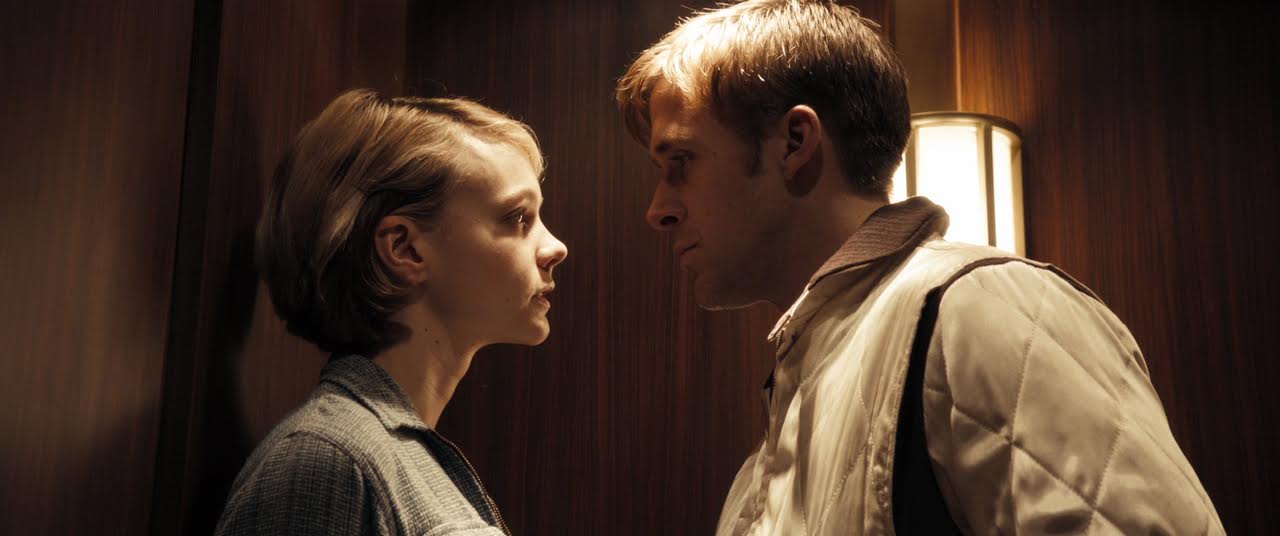
Scene: Elevator
When people talk about missing the communal experience of movie theaters, it’s moments like the elevator sequence in Drive, Nicolas Winding Refn’s neon-bathed synth-noir, that come to mind. I can vividly recall the total silence as time slowed down to let Ryan Gosling’s never-named Driver live in his stolen kiss with Carey Mulligan's Irene, just as I can recall the sound of the oxygen rapidly exiting the screening after the gut punch transition back into real time, when Driver dispatched his would be assassin and then just. kept. stomping...
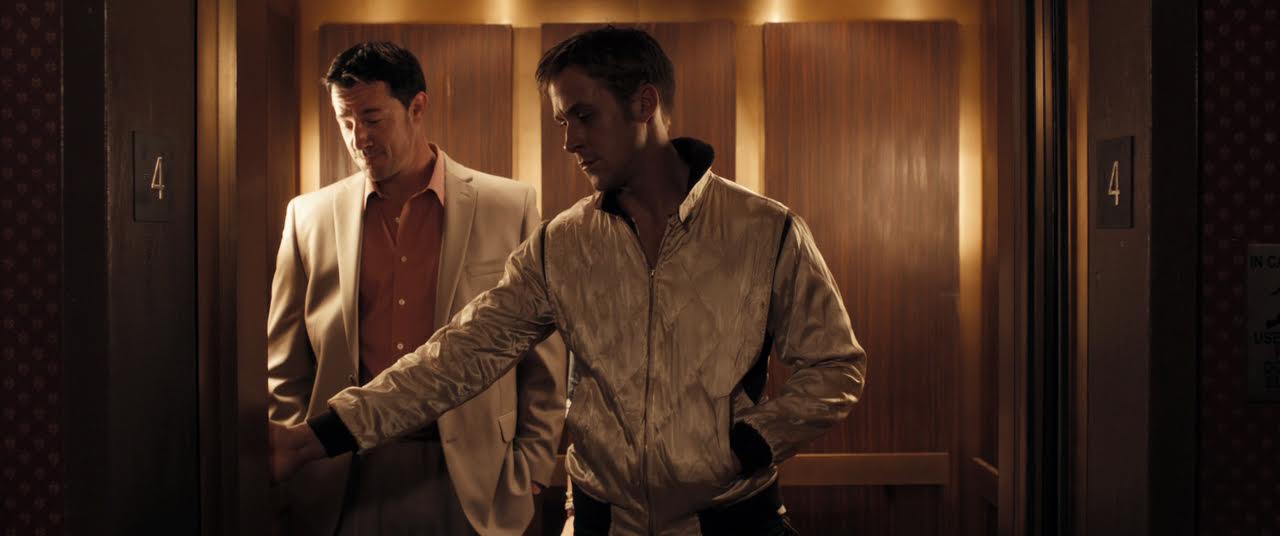
Drive is a film that toys masterfully with audience expectations and its most subversive twist on genre tropes is its own protagonist. The audience has every reason to expect the traditional noir protagonist, the violent man of battered nobility. In Drive’s case, this would equate to some kind of gearhead Philip Marlowe. But that’s not who the Driver is. The Driver is a monster. “You have proved to be a real human being and a real hero” goes the refrain on the soundtrack. Most noir leading men harbor a buried desire to be a hero. Driver only aspires to be human.
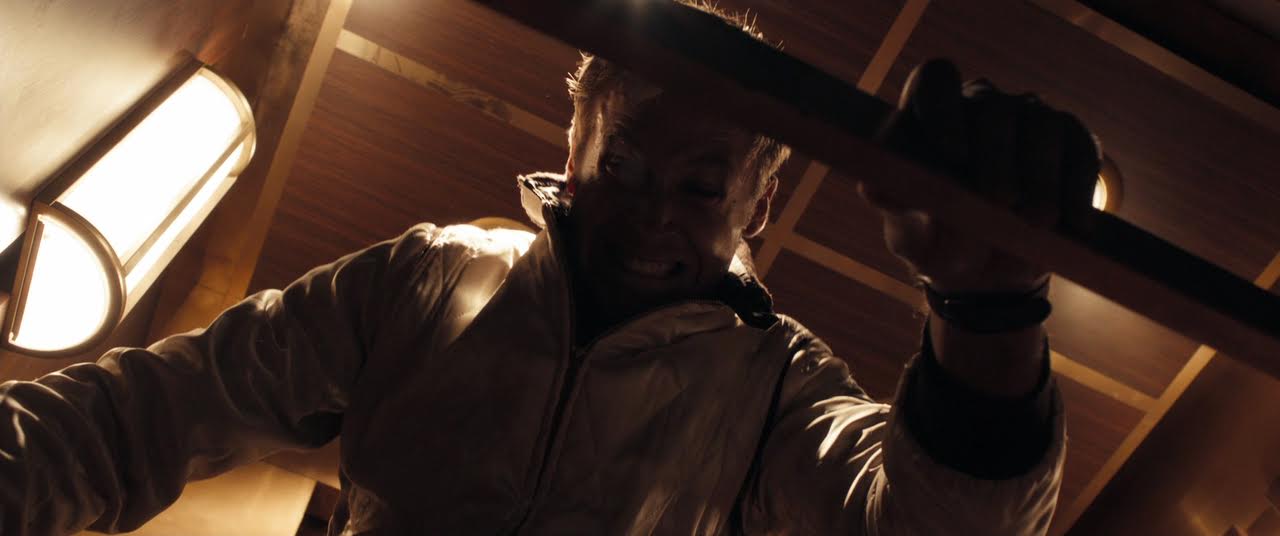
The past of Gosling’s character is shrouded in mystery, but that doesn’t mean Drive is at all coy about who he really is. We never get details, we don’t know if he was a fully amoral killer. But we do know if there was a movie made about his exploits before he showed up on Bryan Cranston’s doorstep, a man with no past, he would not be the hero of that story. Even if this past weren’t hinted at, the stark vibrating madness radiating off Gosling when he unchains his inner rage shows us all we need.
Everyone remembers the elevator scene’s transition from the swooning to the stomach-churning but what might not be so seared into the memory is that the scene begins outside the elevator with a sad monologue from the Driver about his dream of forming a makeshift family with Irene and her young son. As he describes this domestic dream, a tear rolling down his face, you sense that Driver never truly believed in it.
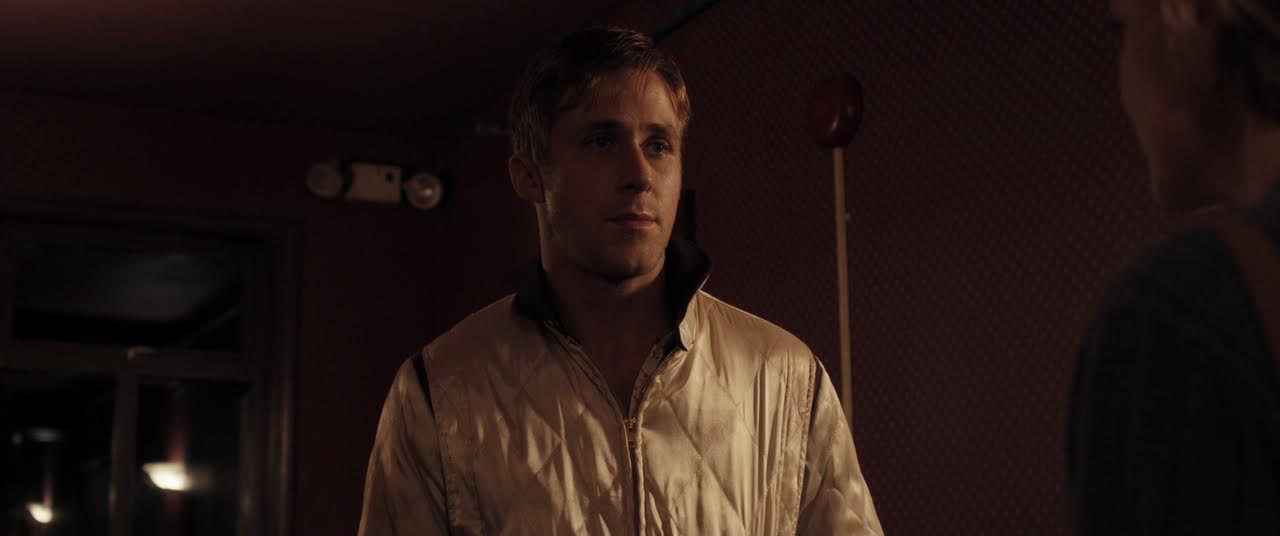
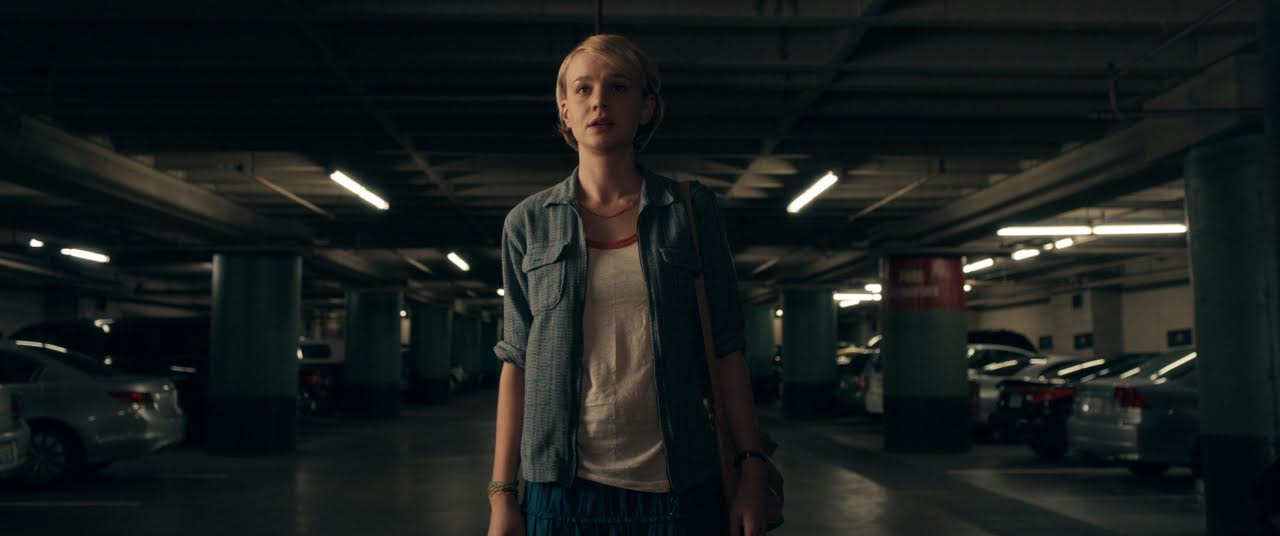
Their kiss in the elevator is so romantic precisely because it’s the dying gasp of a shared fantasy. Irene liked how he filled the vacuum left by her incarcerated husband and the nice Ryan Gosling packaging didn’t hurt, but the Driver’s suitability as a partner was always a shaky illusion, an illusion he brutally dispels in front of her terrified eyes as a sacrifice for love.
Throughout Drive there is the motif of the Driver character disappearing, of his humanity essentially being negated. These images accompany all the film’s bursts of violence. You see it in a long shot of a blood-covered Gosling receding into shadow after the motel massacre. You see it when he covers his face in the stuntman mask in anticipation of killing Ron Perlman’s Nino. The most poignant use of this visual device is at the end of the elevator scene. When Gosling finishes reducing the hitman to a pile of gore in a shiny suit he turns to see Irene shaken to her core. The elevator door slides shut, simultaneously erasing the Driver and severing his last best connection to humanity. There are echoes of the door shutting on Kay at the end of The Godfather. In both scenes a woman realizes the depths of depravity in a man close to her.
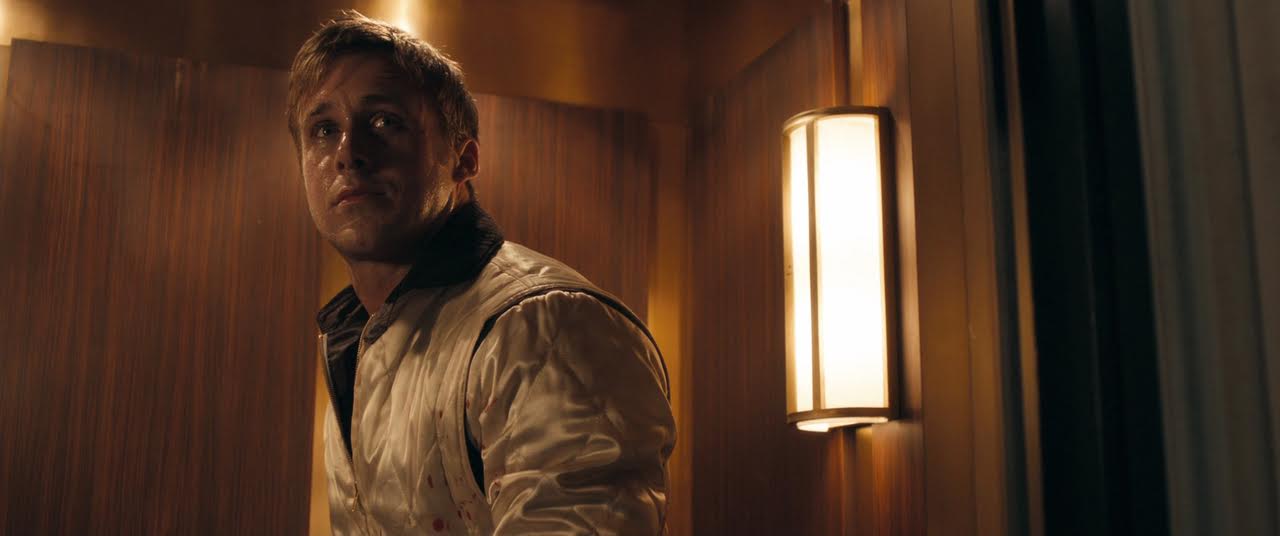
The more you key into the horrors roiling below the Driver’s surface, the better Gosling’s performance is revealed to be. His bolder acting choices might make him vulnerable to parody, but I think they are correct for a man who is perpetually unsure how to behave like a normal person. Better to do nothing than to scare Irene off with a misstep. It might read like shallowness to some, but I think the shallow performance is the character’s and not the actor’s. There are frightening depths behind that sphinxlike mask. And it becomes clear how well Gosling has articulated them when the mask cracks, then slips off altogether.
The elevator sequence is not excess for the sake of excess, nor style for the sake of style, both accusations that have dogged Refn’s films. In Drive at least, there is a pointed narrative purpose to the gleaming excess: visually expressing an inexpressive character. And even if there wasn’t, who can be opposed to stylistic indulgence when it’s this masterfully conceived and executed?
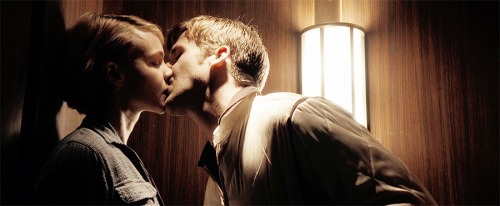
Follow Michael on Twitter and Letterboxd. More episodes of The New Classics.



Reader Comments (7)
Bravo! Nice argumentation!
One of my favorite movies of the last decade, and I’m someone who wants to but doesn’t love anything else Refn has done since. I was always a little baffled by the “nothing but style” critique, because more than 99% of other movies, this one, as you delve into in what you’ve written, has such fascinating, volatile unknowns swarming under its surface until they can’t help but sweat out its pores. It’s a movie you FEEL.
One of the great films of the 2010s and what an introduction to the brilliance that is Nicolas Winding Refn.
Meh.
I found it overrated, but admittedly, Refn's entire oeuvre is clearly not for me. Only God Forgives was even worse, I thought, and this despite Kristin Scott Thomas being all kinds of awesome in it. The ending to that film is so horrifyingly pretentious, it actually made me actively hate it as opposed to just be indifferent to it.
Frankly, I found Drive to be this weird marker for Gosling: afterwards, in a lot of his roles, he's just kind of auto-piloted himself to this same character, this nothing person he plays.
Anyway, I'll just go away now. :)
Love this movie- the scene in the elevator is one of the ages
Absolutely love this film and what a scene this is. Well said.
The film functions as both Gosling's peak and an expose of his limitations.